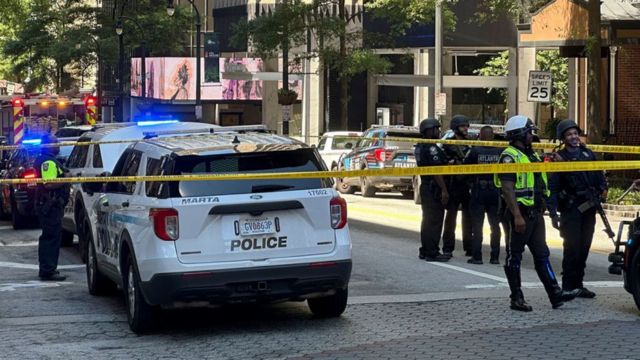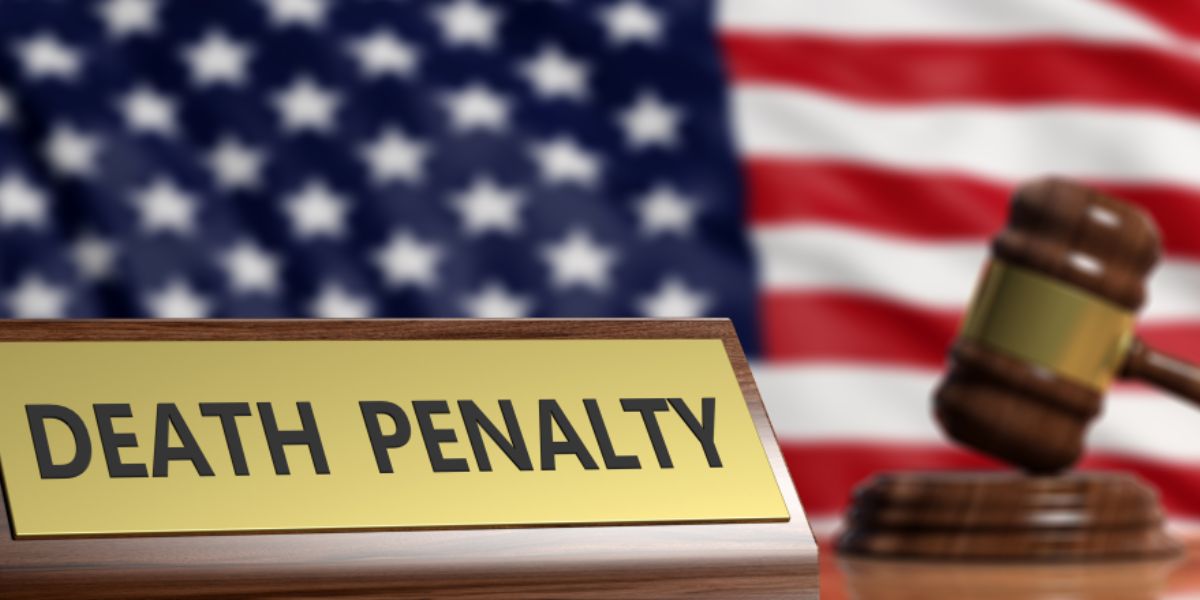As of 2025, Illinois maintains a dual approach to cannabis legislation: medical marijuana is legal and regulated, while recreational use remains illegal under federal law. Despite the state’s legalization of adult-use cannabis in 2020, federal classification of marijuana as a Schedule I substance continues to pose legal challenges.
Medical Marijuana: Legal and Expanding
Illinois legalized medical marijuana in 2013, and the program has since expanded to include 56 qualifying conditions. In January 2025, the Illinois Department of Public Health approved four new conditions related to women’s health: endometriosis, ovarian cysts, uterine fibroids, and female orgasmic disorder.
Registered medical cannabis patients are permitted to possess more than 30 grams of marijuana if it is grown and secured in their homes under specific conditions. Home cultivation is limited to five plants per household and must not be visible to the public.
Recreational Use: Legal at the State Level, Still Illegal Federally
Illinois legalized adult-use cannabis in 2020, allowing residents aged 21 and over to possess up to 30 grams of cannabis flower, 5 grams of concentrate, and 500 milligrams of THC in infused products. However, under federal law, marijuana remains a Schedule I controlled substance, making recreational use illegal at the federal level.
This discrepancy creates legal complexities, particularly concerning possession, distribution, and use on federal property or in federally regulated spaces. Employers and institutions that receive federal funding may also enforce policies prohibiting marijuana use, regardless of state laws.
Enforcement and Penalties
Despite state-level legalization, certain activities related to cannabis remain criminal offenses under both state and federal law. For instance, possession with intent to distribute without a license is illegal. Penalties vary based on the amount involved:
- Less than 2.5 grams: Class B misdemeanor, up to 6 months in jail, and a $1,500 fine.
- 2.5 to 10 grams: Class A misdemeanor, up to 1 year in jail, and a $2,500 fine.
- 10 to 30 grams: Class 4 felony, 1 to 3 years in prison, and up to a $25,000 fine.
Additionally, driving under the influence of cannabis is prohibited. Illinois law stipulates that operating a vehicle while impaired by cannabis is a criminal offense, with penalties including license suspension, fines, and possible imprisonment.
Economic Impact
Illinois’ cannabis industry has experienced significant growth. In 2024, the state reported over $2 billion in cannabis sales, including $1.722 billion from adult-use sales and over $285 million from medical cannabis. This marked a 2.5% increase from the previous year.
The industry has also contributed substantially to state revenue, with over $490 million collected in sales taxes in 2024. These funds support various state programs, including those aimed at addressing substance abuse and mental health.
Hemp-Derived THC Products: A Legal Gray Area
Hemp-derived THC products, such as Delta-8 and Delta-9 THC, have gained popularity in Illinois. These products are often sold outside the regulated cannabis market, leading to concerns about safety and regulation. While attempts to ban these products have been made, they remain legal and unregulated as of 2025.
The proliferation of these products has prompted discussions about the need for clearer regulations to ensure consumer safety and fair competition within the cannabis industry.
Social Equity and Expungement Efforts
Illinois’ cannabis legislation includes provisions aimed at addressing the social injustices of past drug policies. The state has implemented programs to expunge certain cannabis-related convictions and promote social equity in the cannabis industry.
These efforts aim to provide opportunities for communities disproportionately affected by previous drug laws to participate in the legal cannabis market.
Conclusion
Illinois’ approach to marijuana legislation in 2025 reflects a complex interplay between state legalization and federal prohibition. While medical and recreational cannabis use is legal at the state level, federal laws continue to classify marijuana as an illegal substance, creating legal ambiguities. As the industry grows and evolves, ongoing discussions about regulation, enforcement, and social equity remain central to the state’s cannabis policy landscape.



